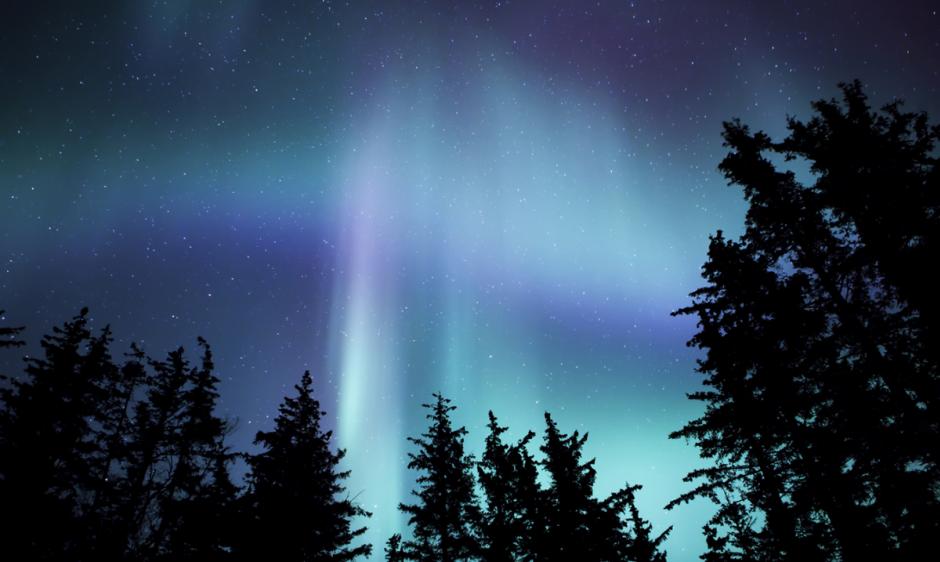
Active Region 13664 was responsible for the largest geomagnetic storm of Solar Cycle 25, read the story from an operational perspective HERE.
A group of sunspots, designated as NOAA Active Region 13664 was identified as a substantial and complex sunspot group during the first week of May 2024. The region produced several solar flares and Earth-directed coronal mass ejections (CMEs) which led to the onset of extreme geomagnetic storming conditions; the strongest since the Halloween Solar Storms of 2003. These storms caused widespread auroras, disruptions in satellite operations and communications, potential power grid issues, and increased radiation hazards for space missions and high-altitude flights. Active Region 13664 returned twice, renumbered as Active Region 13697, which produced the largest proton event of Solar Cycle 25, and again as Active Region 13723. This story is written from the view of an operational forecaster at the National Oceanic and Atmospheric Administration's Space Weather Prediction Center in Boulder, Colorado.